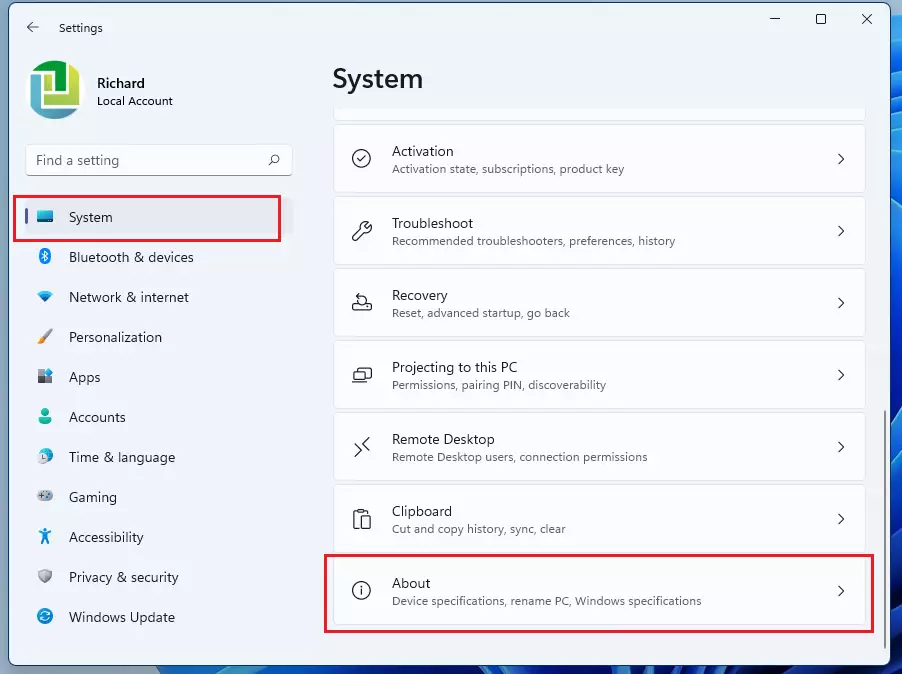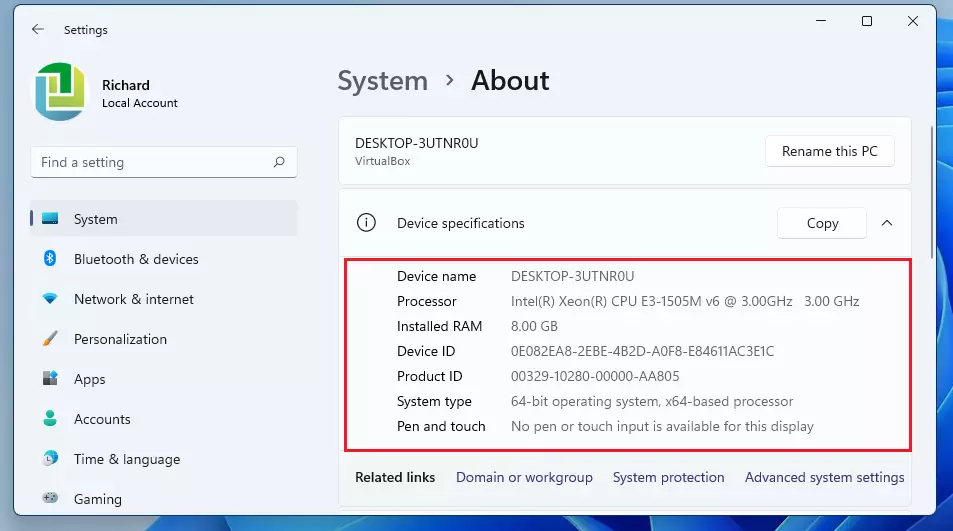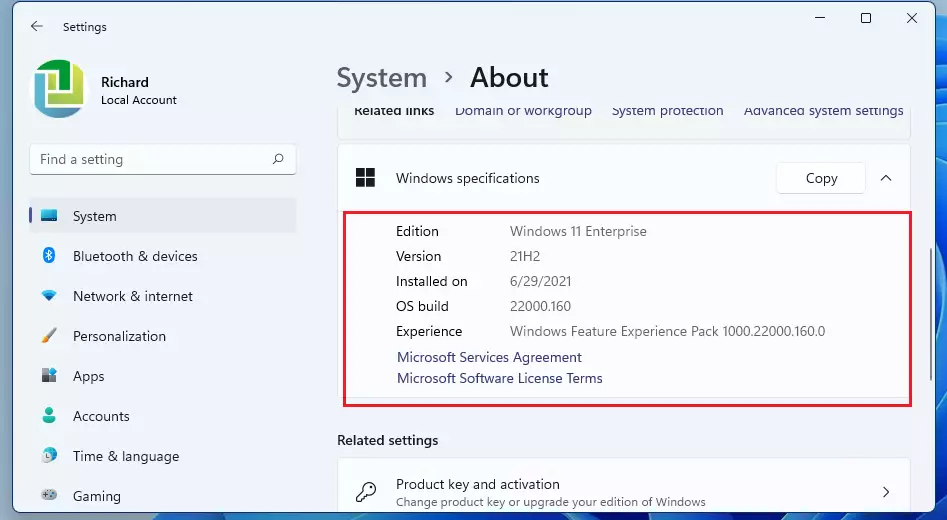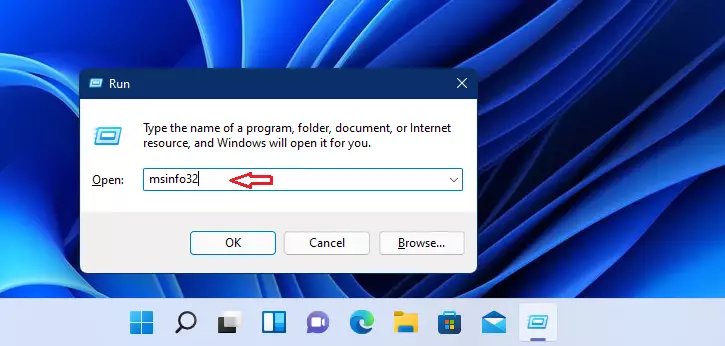This article provides instructions on how to check computer specifications when using Windows 11.
Eventually, you might want to know what your computer contains, such as the system’s storage size, the installed RAM, or the type of CPU included with the device.
Many people have a general understanding of their computer’s specifications, such as the version of Windows they are running, the model of their PC, and other physical details.
However, there are some important pieces of information you may want to know if you’re considering purchasing a new device or software for your computer.
There are several methods to find details about your computer in Windows 11.
How to find computer specifications in Windows 11
Windows 11 provides a central location for most of its settings. Users can perform tasks ranging from system configurations to creating new accounts and updating Windows from the System Settings pane.
To access System Settings, use the Windows key + I shortcut or click on Start and then Settings, as shown in the image below:

Alternatively, you can use the search box on the taskbar to search for Settings. Then select to open it.
In Windows Settings, click on System and select About from the right pane of your screen, as shown in the image below.

On the System> About settings pane, under “Device Specifications” near the top of the screen, you’ll see your PC’s specifications with headers labeled each entry.
It tells you what processor type comes with the PC, the installed Memory, and the system type, a 64-bit Operating System.

Further down the list, under Windows specifications, you will find the edition and version of Windows installed, the build number, and the Windows Feature Experience Pack.

The System Information app details the computer’s hardware and software specs. If you need to copy these specifications, use them later and click the “Copy” button.
How to find additional PC details in Windows 11
In most cases, the specifications above should be enough. However, use the steps below to get additional hardware details, including the BIOS version.
Press your keyboard’s WIN + R keys to open the Run command box. Then, type the command below into the box and press ENTER.
msinfo32

The next screen should give you a lot more details about your PC.

That should do it!
Conclusion:
- Knowing your computer specifications is essential for making informed decisions about upgrades and software purchases.
- Windows 11 offers straightforward methods to access detailed system information, making it easy for users to check their device specs.
- Following the steps outlined, users can quickly find essential details, such as processor type, RAM, and Windows version.
- Utilizing the System Information app allows for deeper insights into hardware and software components.
- Regularly checking your computer’s specifications can help maintain optimal performance and compatibility with new applications.

Leave a Reply